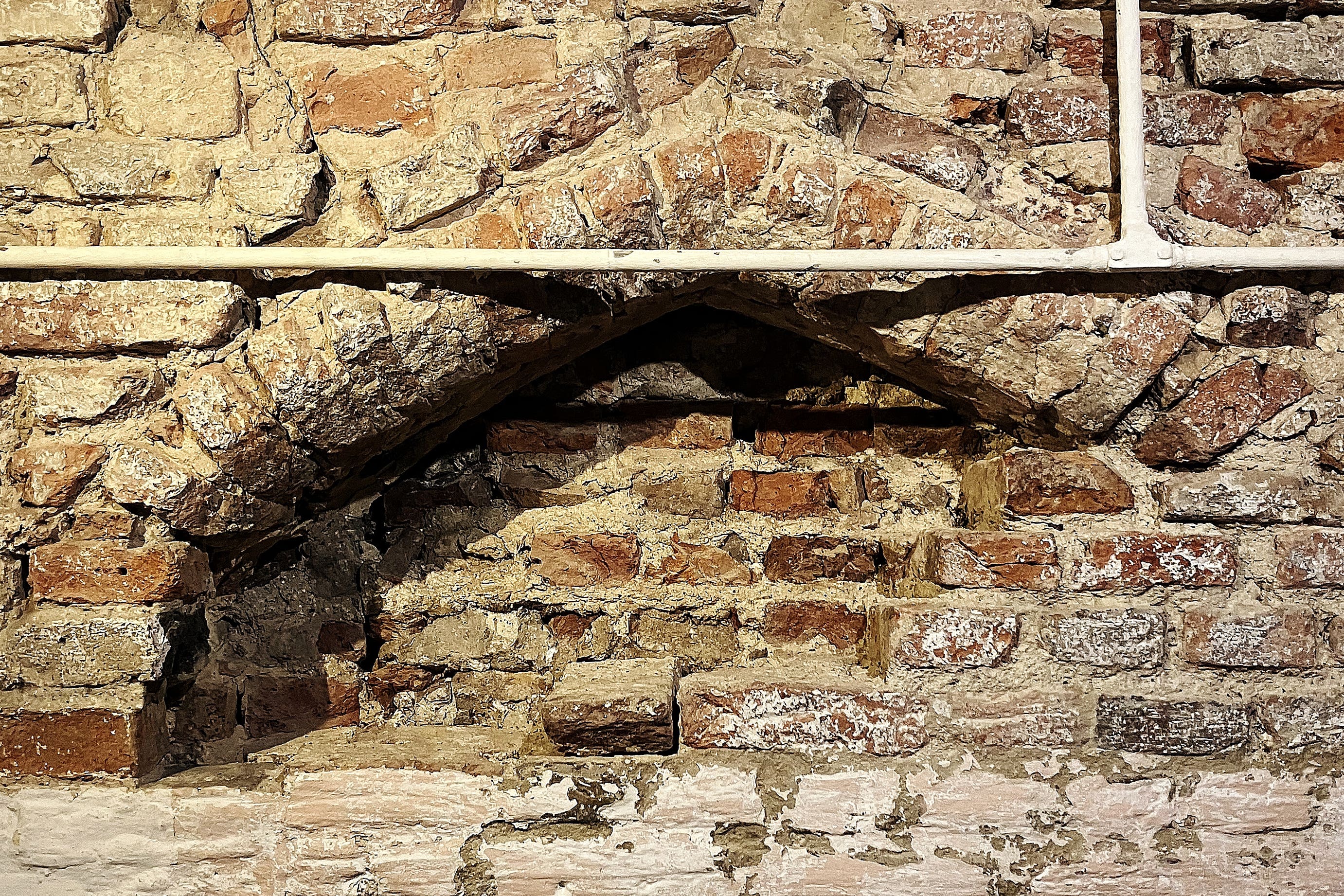Theatre finds doorway that may once have led to Shakespeare’s dressing room
St George’s Guildhall in King’s Lynn, Norfolk, last year identified floorboards believed to have formed part of a stage once trodden by the Bard.

Your support helps us to tell the story
From reproductive rights to climate change to Big Tech, The Independent is on the ground when the story is developing. Whether it's investigating the financials of Elon Musk's pro-Trump PAC or producing our latest documentary, 'The A Word', which shines a light on the American women fighting for reproductive rights, we know how important it is to parse out the facts from the messaging.
At such a critical moment in US history, we need reporters on the ground. Your donation allows us to keep sending journalists to speak to both sides of the story.
The Independent is trusted by Americans across the entire political spectrum. And unlike many other quality news outlets, we choose not to lock Americans out of our reporting and analysis with paywalls. We believe quality journalism should be available to everyone, paid for by those who can afford it.
Your support makes all the difference.The oldest working theatre in the UK believes it has found a 600-year-old doorway that may once have led to William Shakespeare’s dressing room.
St George’s Guildhall in King’s Lynn, Norfolk, last year identified floorboards believed to have formed part of a stage once trodden by the Bard.
The theatre’s first recorded performances were in 1445, before the birth of Shakespeare – who was baptised in 1564 and died in 1616.
This year further archaeological investigations were carried out at the theatre, sparked by a strange shape in a ground-floor wall.
Tim FitzHigham, creative director of St George’s Guildhall, described what was found behind the plasterboard as “mind-boggling”.
Two noticeboards were removed, exposing an 18th century wall, and as bricks from this wall were removed a much earlier archway was revealed.
Mr FitzHigham said the archway “has got to be pre-1405 as the hall’s medieval roof is held up above it”.
“Further exploratory work identified the arch as the door to what is believed to be the Guild Robing Room,” he said.
“This room was used by the highest level of Guild members to dress in their finery before feasting upstairs.
“The Guilds, akin to 1400s membership clubs, ceased using the hall, and the room likely took on the role of a dressing room or ‘tiring house’ for visiting actors.”
During the Elizabethan period, the tiring house would have been used by actors changing and collecting props.
In Shakespeare’s time the Guildhall was used extensively by touring companies.
Queen Elizabeth’s Men, a troupe of actors formed at the command of the Tudor Queen in 1583, performed there 10 times in the late 1500s.
In 1592-3 London’s theatres were closed because of another outbreak of plague and Shakespeare and his company of actors were on tour in King’s Lynn.
“This is another mind-boggling discovery at the Guildhall,” said Mr FitzHigham.
“We’ve got a door that would definitely have been here in the years we think Shakespeare played here and, in all likelihood, was the door to a room where the players changed and stored props.
“It is simply staggering that again a slight hunch or weird shape in the wall has turned out to be something frankly extraordinary.”
The work to reveal the archway was carried out in collaboration with archaeologist Dr Jonathan Clarke, specialist plaster remover Paul Wooles, the Borough of King’s Lynn and West Norfolk, and the National Trust.
This 15th century doorway appears to have provided access to a medium sized low status room, and not to have ever had a door closing up the arch; it may have been made private with a simple hanging when required
Dr Clarke’s research may also have pinpointed the location of a stairway that once connected to the tiring house.
Dr Clarke said: “This 15th century doorway appears to have provided access to a medium sized low status room, and not to have ever had a door closing up the arch; it may have been made private with a simple hanging when required.
“It is the type of room where travelling groups of players might change due to its location within the Guildhall.
“It would have given them a private space where they could put things, change and then travel up the staircase to appear on the first floor in their costume.”
St George’s Guildhall is Grade I listed and is described as the largest intact medieval guildhall in England.